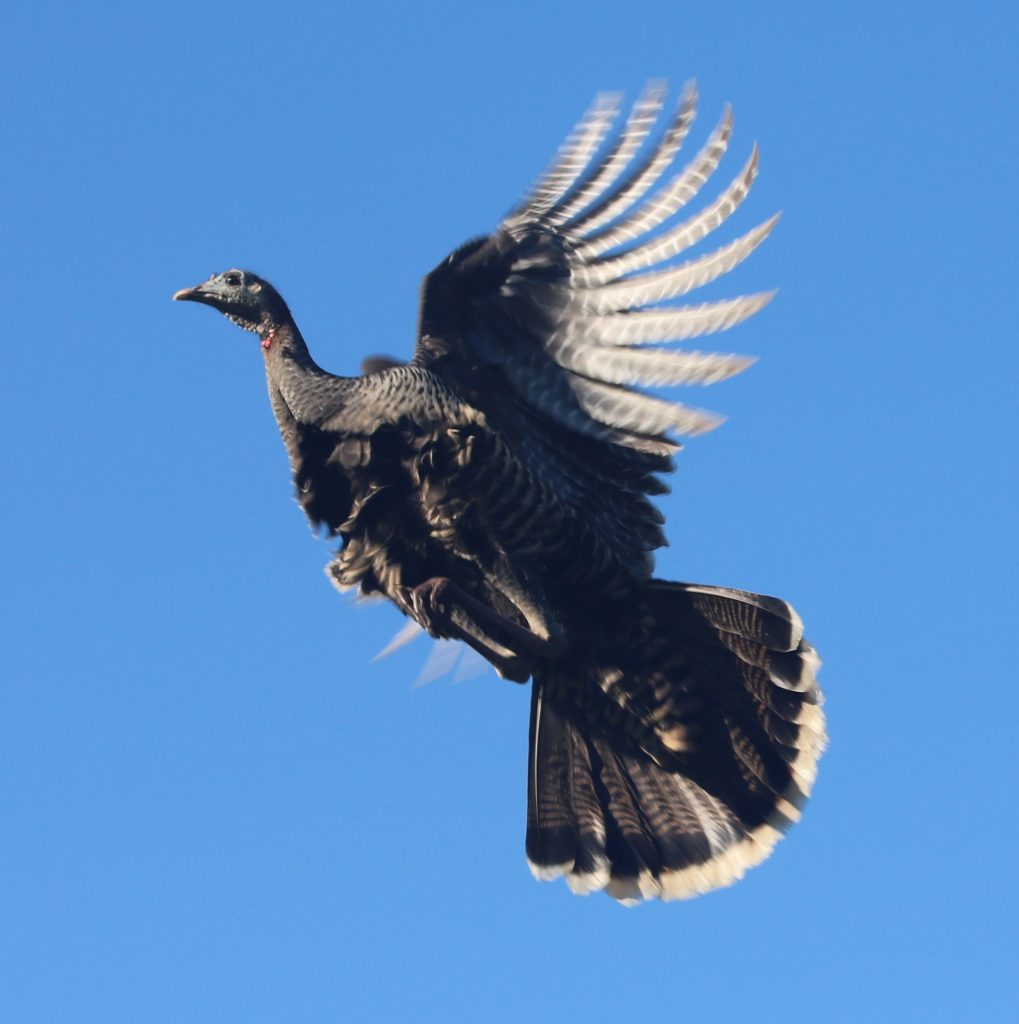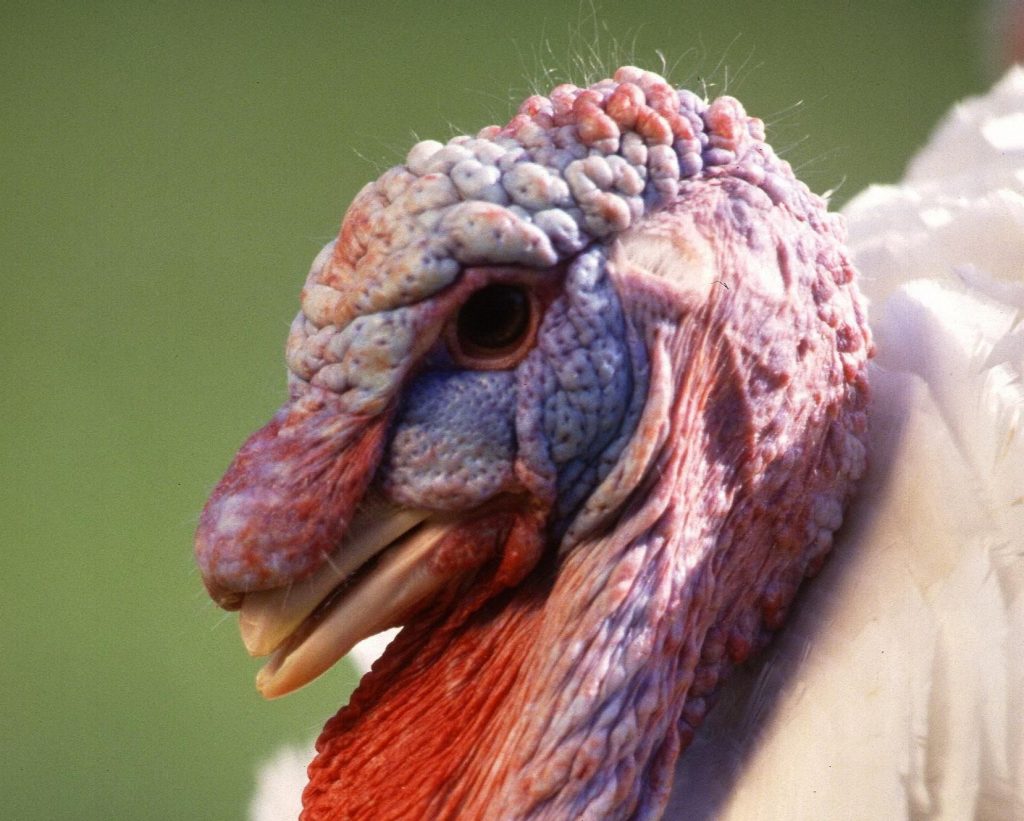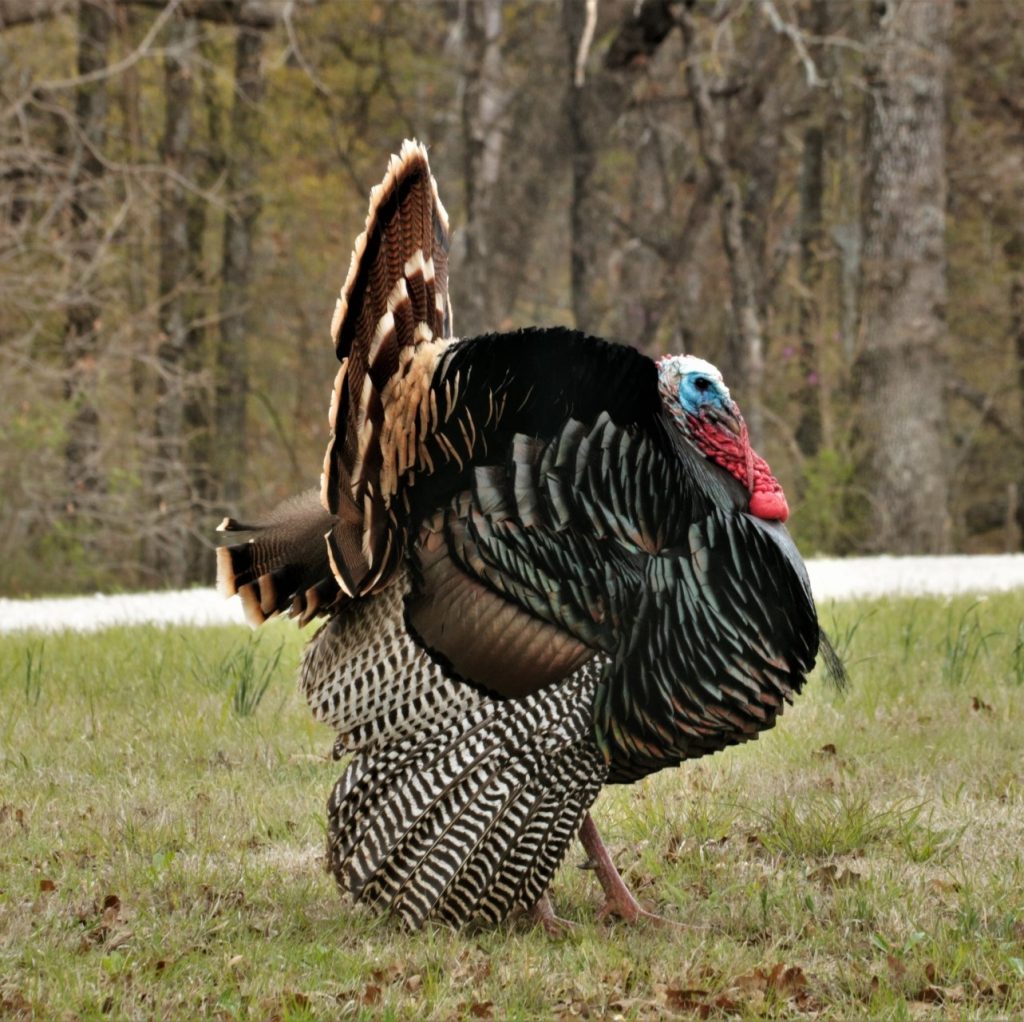Once Halloween is over, it’s all about Thanksgiving. The shift of focus from goblins to gobblers is instantaneous. Although officially called Thanksgiving, for many it’s really Turkey Day. But beyond dinner, what do people really know of Meleagris gallopavo, the wild turkey that gave rise to the one likely to be on the platter?
Turkeys in North America
Turkeys are native to North America, as are all the subspecies. M. gallopavo silvestris, sometimes called forest turkeys or eastern wild turkeys, are the most numerous of the subspecies, more than five million.
Archaeological evidence suggests that Native Americans domesticated turkeys more than 1500 years ago, before Europeans set foot on the continent. Archaeologists have found turkey bones in burial mounds in Tennessee, Kentucky and some other parts of the South. Turkey relics have surfaced in Arizona dating as far back as 25 C.E., and turkey-raising may well be one of the oldest forms of organized meat production in the Northern Hemisphere.
Indigenous farmers raised turkeys in Mexico and Central America more than 500 years before the Spanish arrived. Evidence of turkey bones at religious sites and burial mounds suggests that turkeys served a ceremonial role as well as providing meat. Although native to North America, the turkey’s range extended into Mexico.
Turkey Trade in Central America
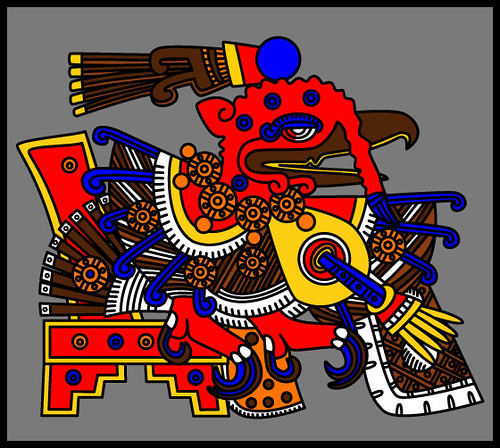
Central Mexico once acted as a center of turkey domestication. Archaeologists have found bones of Meleagris gallopavo from as early as 8000 B.C.E. in what was once Maya territory. Remains of turkey pens and fossilized poop containing traces of corn suggest ancient Mayans kept and fed turkeys, trading them throughout Central America.
A 1980s archaeological dig at the El Mirador assemblage in Guatemala unearthed seven turkey skeletons. The bones were from more than 2000 years ago and more than 400 miles from their native range in Central Mexico.
One thing is certain, says Erin Kennedy Thornton, an environmental archaeologist at Trent University Archaeological Research Centre in Peterborough, Canada. The turkeys “didn’t walk there [to the Jaguar Paw Temple] themselves.” Like many Native American cultures, she says, the Maya used turkey feathers in ornaments and carved turkey bones into picks, pins, and elaborate tubes.
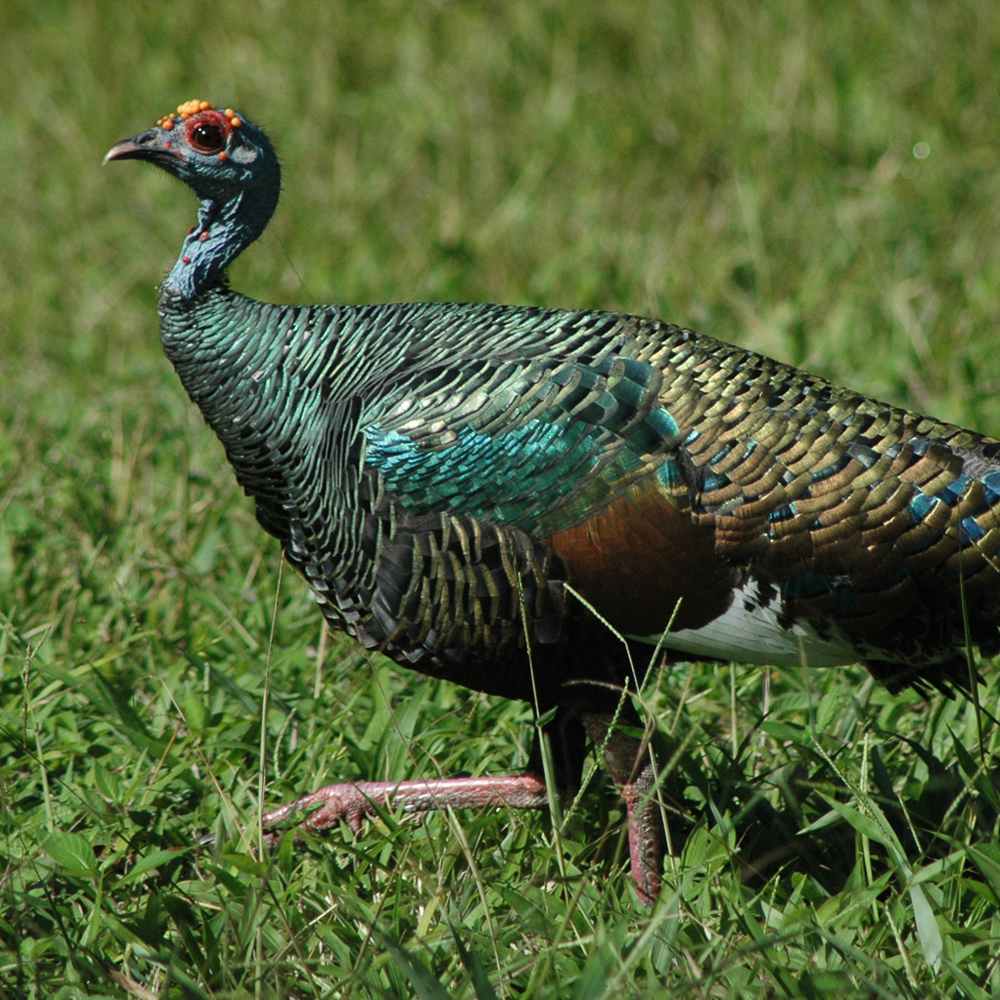
Thornton studied the bones, and concluded they did not belong to the indigenous ocellated turkeys that roamed Mayan territory. Those birds are small, with blue heads and iridescent blue, green, and copper feathers, she says,”almost like a cross between a turkey and a peacock.” The bones found in the temple appeared to belong to the larger, duller Mexican turkey.
After reexamining the bones, Thornton collaborated with archaeologist Camilla Speller, an expert in ancient DNA analysis at the University of Calgary in Canada, to confirm that the bones belonged to M. gallopavo. Only one of the bones yielded enough replicable DNA for analysis. That DNA was an exact match with M. gallopavo, and not the ocellated turkey.
Mayan traders maintained long-distance exchange networks between northern Mesoamerica and Mayan territory. They moved many objects such as jade, obsidian, and pottery throughout these networks between 300 B.C.E. and 200 C.E., when the bones likely originated, says Thornton. However, she says, this is the first sign that Mayan traders may have transported living animals as well.
As early as 300 B.C.E, people transported Mexican turkeys between 650 and 950 kilometers outside of the their natural range. In a study Thornton and others published, they argued that this distribution suggests turkey domestication in Mexico may have begun centuries earlier than scientists previously thought.
“I think they did a good job of making the case that the Meleagris gallopavo birds at El Mirador were derived from Central Mexico and were probably being confined,” says William Lipe, an archaeologist at Washington State University, Pullman. However, the small sample of DNA concerns him, and he agrees with Thornton that scientists need to do more research. “My guess is that the history of turkey domestication in the New World is fairly complex and that we are just beginning to see some of the outlines of it.”
Turkeys in Europe
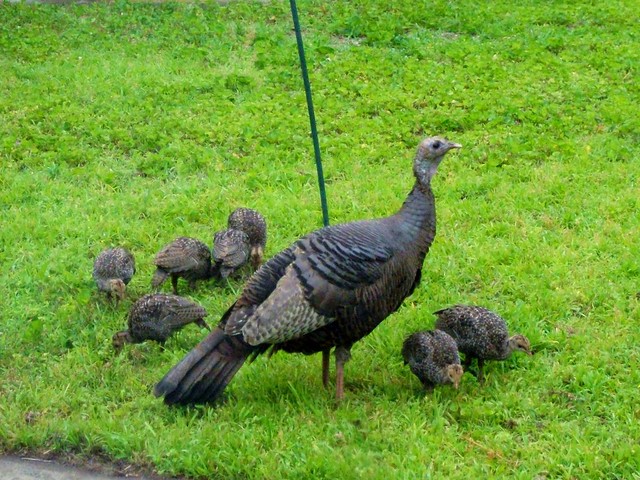
So, it’s likely that the Mayans of southern Mexico domesticated turkeys, maybe 2000 years ago. Spanish explorers took Mexican wild turkeys domesticated by the Aztecs back to Europe about 1519. These turkeys spread rapidly throughout Europe, and traders introduced them to England between 1524 and 1541. There, they became a highly sought-after element of gourmet dinners.
After those early domestic turkeys spread across Europe in the 1500s, European colonists brought them back. When colonists set off for the New World, they brought turkeys back across the Atlantic, to the land of their origin. At the time, the turkey was already one of the most plentiful foods of Native Americans. The wild cousin is slim, tall and long-legged. It possesses keen eyesight, hearing, and native cunning, making it a difficult target for human and animal hunters alike.
“The wild turkey in a sprint can outrun a galloping horse for a short distance,” said Charles Ruth, Big Game Program coordinator for the S.C. Department of Natural Resources (SCDNR). “Although it is one of the largest game birds, weighing up to 25 pounds, it can fly distances of more than a mile, sometimes at speeds of 55 miles per hour.”
The Modern Turkey
Despite these survival traits, by the early 20th century, wild turkey numbers had plummeted because of overhunting and loss of habitat. In the early 1900s, the population reached a low of around 30,000 birds.
Fortunately, game managers stepped in, re-introducing wild-caught birds to areas where turkeys had disappeared. Thanks to these efforts, since the 1940s, wild turkeys have been prospering. There are now wild turkeys in all of the lower 48 states and even Hawaii, far beyond their original range. They number more than seven million.
Restoration of the wild turkey in South Carolina is one of the Palmetto State’s most noteworthy conservation success stories. In the early 1900s, only small pockets of wild turkeys survived in South Carolina. They lived primarily in the Lowcountry’s Francis Marion National Forest and along the Savannah River swamps. Today, the wild turkey is widespread throughout South Carolina. All 46 counties hold a spring hunting season (there is no fall season). Wild turkey restoration was made possible through the efforts of the SCDNR, the National Wild Turkey Federation, the forest products industry, private landowners, and South Carolina sportsmen and sportswomen.
Myths Busted
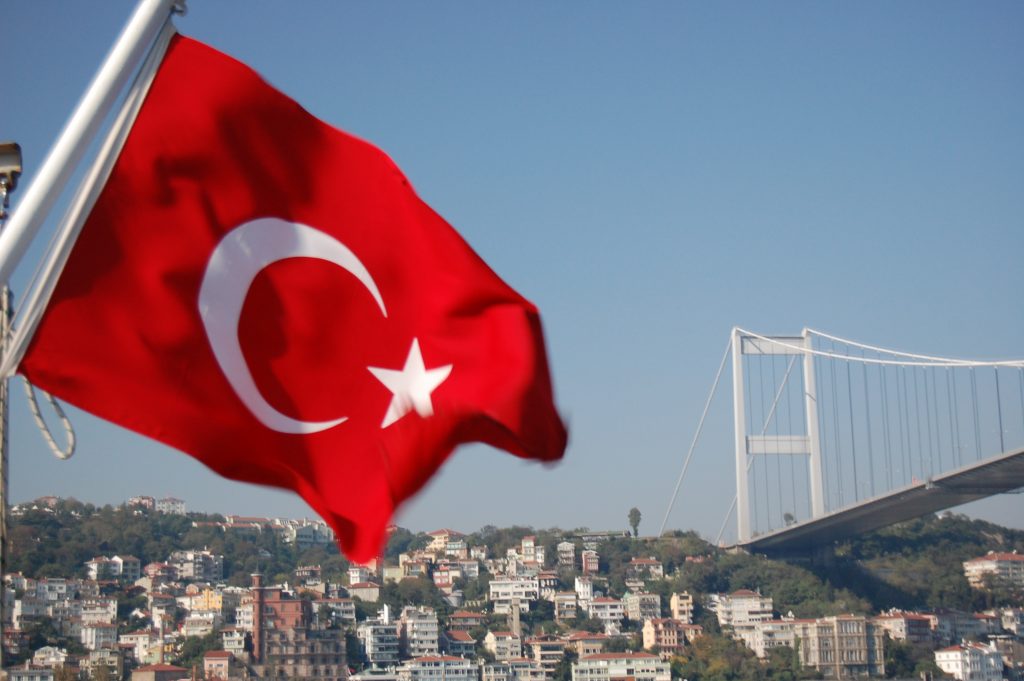
- Myth: Benjamin Franklin suggested the turkey as a national symbol or part of the Great Seal for America.
- Fact: In 1784, Benjamin Franklin did praise the turkey. He wrote that compared to the bald eagle, the turkey is “a much more respectable Bird, and withal a true original Native of America.” But he never actually proposed the turkey as a symbol for America.
- Myth: Turkeys are just big chickens.
- Fact: More than 45 million years of evolution separates the two species. However, both are more closely related to dinosaurs than most modern birds!
- Myth: Turkeys are so dumb, they’ll stare at the sky during a storm and drown in the rain.
- Fact: Some turkeys have a unique genetic condition called tetanic torticollar spasms. This condition can result in some strange behaviors, like staring at the sky. No turkeys with this condition have been reported dying from looking up in the rain.
- Myth: Turkey is high in tryptophan. Eating turkey makes you sleepy.
- Fact: Turkey is just one of many foods that contain tryptophan. In order to feel the effects, you’d need to eat nearly 8 pounds of turkey in one sitting.
Bottom Line: When you think turkey, think beyond the supermarket.

